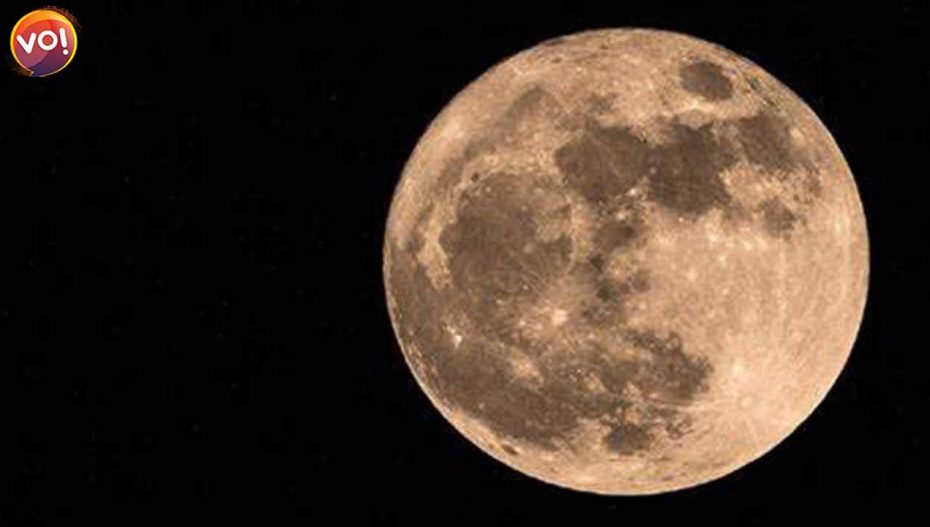What is the Supermoon?
A supermoon is a phenomenon when the full moon coincides with the Moon’s nearest approach to Earth in its elliptical orbit. The closest point is termed as perigee. The moon is considered to be a SuperMoon when it is within 90% of the perigee. It is vital to understand that a Supermoon occurs 3-4 times a year. At perigee, the moon is seen 17% larger and 30% brighter than normal, though the difference might not be visible entirely to the naked eye. The last supermoon, also known as the strawberry moon, was seen on June 14 and was 3,63,000 kilometers away from the Earth.
Other names of the Supermoon are Buck Supermoon or Thunder Moon, the Hay or Mead Moon. The term Supermoon though, is not considered an official astronomical term, it was given by Richard Nolle, an astrologer in 1979.
Eye candy for sky watchers and photographers, the Supermoon is said to have tidal effects on the planet causing very high and very low tides.
When and How to Watch the Supermoon?
This year’s Supermoon is expected to be visible at 12.08 A.M IST on the night of 13 July, or early morning of Thursday. It is predicted to be there for about 3 days, from early Tuesday morning through early Friday Morning. It will appear opposite the Sun in Earth-based longitude at 2:38 pm EDT. The Supermoon will be visible to the naked eye, no equipment needed but if the weather is not supportive one can always resort to Youtube channels that showcase the same.












